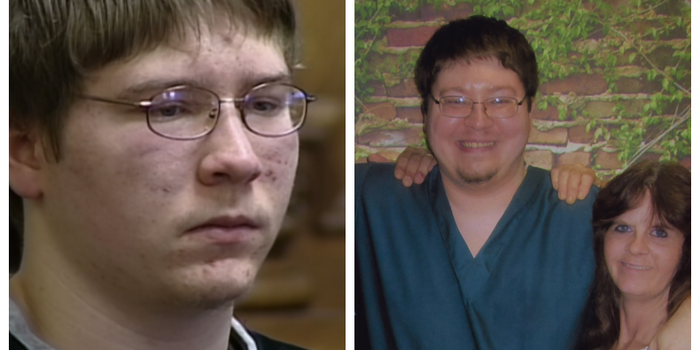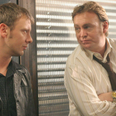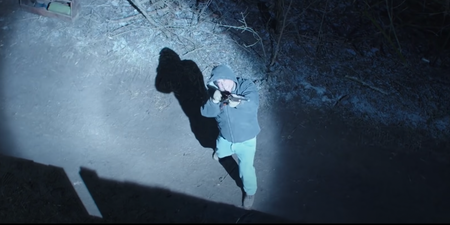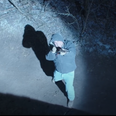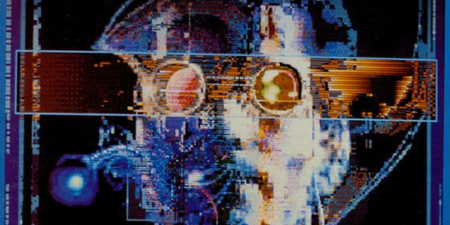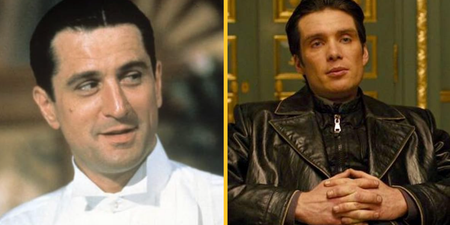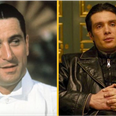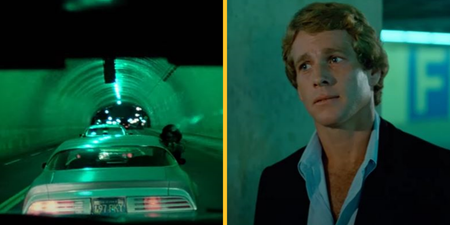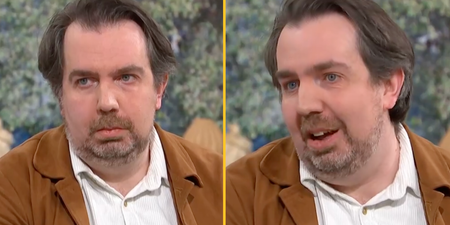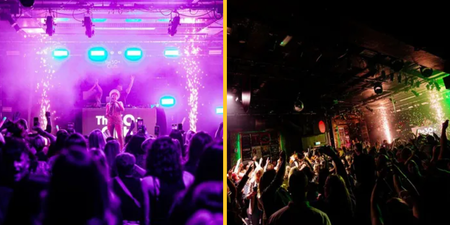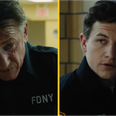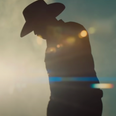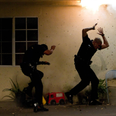Same story, very different feel.
A large reason why Making A Murderer became so popular around the world was due to the fact that very few people were aware of Steven Avery, Brendan Dassey, and their ultimate conviction for the murder of Teresa Halbach.
When JOE met the show’s co-directors, Moira Demos and Laura Ricciardi, they were keen to stress the fact that they’re looking to be respectful to the memory of Teresa Halbach, but since the show was released, there’s no denying its impact.
For example, Barack Obama even addressed the pursuit of justice for Steven Avery and Brendan Dassey when he received widespread calls to administer a presidential pardon to both men.
As stated previously, the extensive accusations of alleged corruption and injustice against the authorities in Manitowoc County and the US judicial system are extraordinary, but in a case that’s now famous around the world, what’s left to be explored?
Without giving too much away, in relation to Steven Avery’s case, Making A Murderer: Part Two is mainly concerned with deconstructing and fining flaws in the evidence/testimonies/theories that were used to prosecute and convict Avery.
This being said, there’s no denying that Demos and Ricciardi are documenting a whole different world than the one they originally started to film as fresh film school graduates from Columbia University.
To their credit, right from the starts of Part Two, the directors acknowledge that the case will never be the same again.
“Well, we try to be pretty upfront because when we set out to start filming in Part Two, it became very clear to us that the world we were going back to document was a new world. It was a new world precisely because of Part One. As storytellers, we’re constantly trying to create context to understand events, so it was important to us to put the launch of the series, and the response to the series, right there in the cold open of episode one of Part Two.That is the context in which Part Two is taking place, ” said Demos to JOE.
This being said, both documentarians were keen to stress that their methods and desire to remain ‘hidden’ from the real life narrative was paramount – in fact, they even went into hiding at one point because they were afraid that their presence would alter events as they unfolded.
Following the success of Part One, the Emmy Award-winning duo now have a certain level of fame that could be a hinderance. Basically, they never wanted to be the story, they just wanted to film it.
Demos adds: “The methods we use and our approach is very similar to Part One. There were a few times though when we were not just those anonymous film students anymore, so there were some moments in public when we had to take a step back. For example, the moment when Kathleen filed her motion for scientific testing at the Manitowoc County Courthouse. That was a big event where we expected media to be there. We thought, if we show up, the media might turn to us and that would change the events. Our goal as documentary filmmakers is to be a fly-on-the-wall, we want to document the real world and not the one that we’re affecting. That’s an example when we gave our crew instructions, but we ourselves didn’t go.”
This adherence to the truth is a large part of the reason why Making A Murderer became so successful.
For audiences, the wait is finally over because Part Two is now available to watch on Netflix.
Clip via Netflix
LISTEN: You Must Be Jokin’ with Aideen McQueen – Faith healers, Coolock craic and Gigging as Gaeilge
